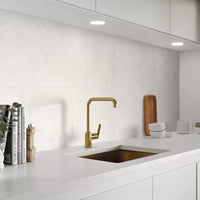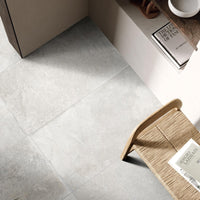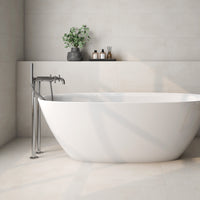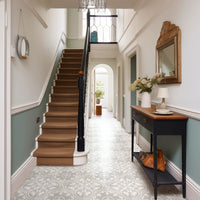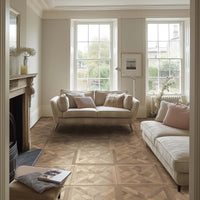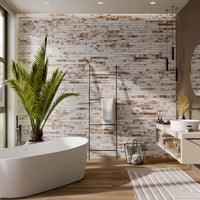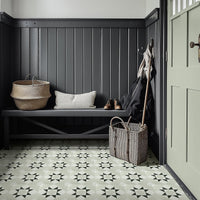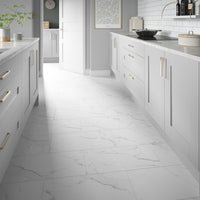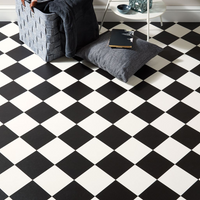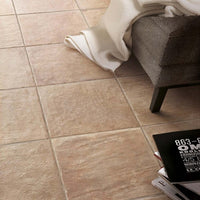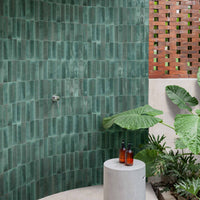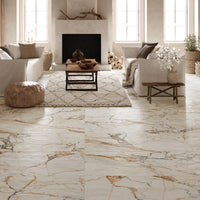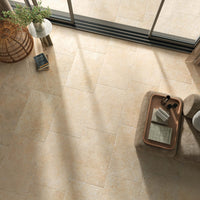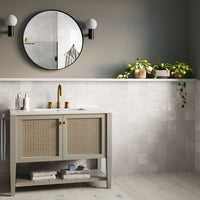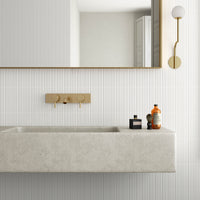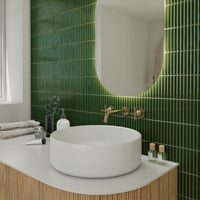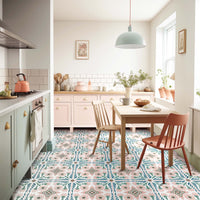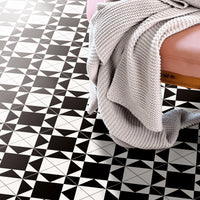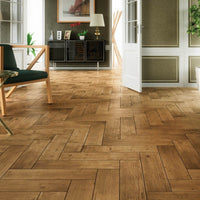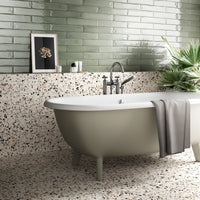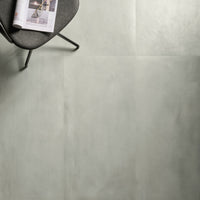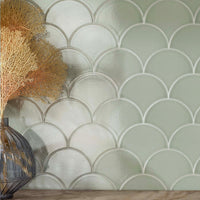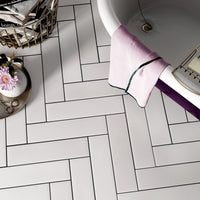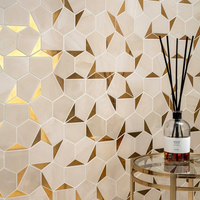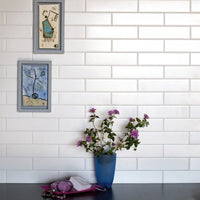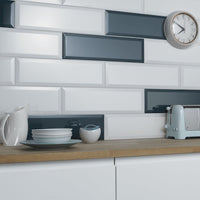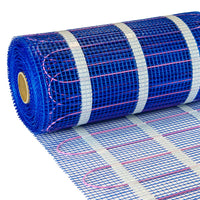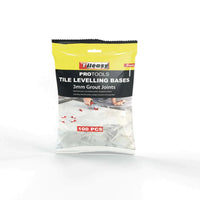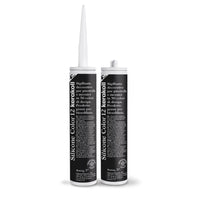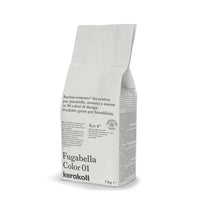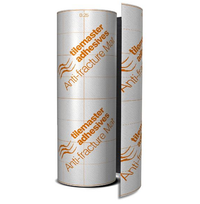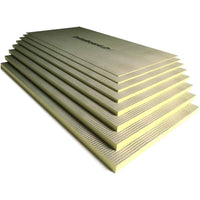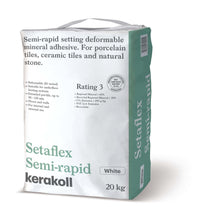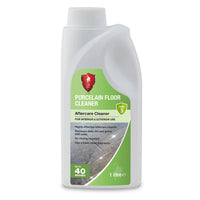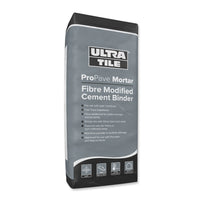The crucial ingredient to successful and long-lasting tiling project? It's tile primer. Often overlooked - and certainly misunderstood - this guide will cover all you need to know about tile primers - what they are and when to use them.

What are tile primers and why do we need them?
Tile primers are almost always synthetic liquids, based on advanced polymers. Generally speaking, their main function is to help enhance the bond between the tile adhesive and the substrate - that’s the wall or floor surface we’re tiling onto. By enhancing this bond, the risk of your tile project failing over time is vastly reduced.
Tile primers tend to act in three ways:
- They seal the surface of the substrate, to make it much less porous
- They prepare the surface for tiling
- They seal in any dust or dirt present on the surface
What happens if you don’t use primer?
In many ways, tile primer is a very small part of your tiling project - it's inexpensive and easy to apply. However, this simplicity belies the fact that primers are a vital step.
If primers aren't used, there's a significant chance that your tiles could fail in the future - in other words, they could crack or come loose. There's a number of reasons why, including:
- If a dusty wall is unprimed, adhesive could just stick to dust and not adhere to the substrate itself
- If a concrete floor is unprimed, the tile adhesive may not cure properly as moisture soaks into the concrete slab below
What substrates need to be primed?
We recommend that almost all wall and floor surfaces are primed, before they are tiled. You may need to apply primer neat or diluted with water, depending on how porous your substrate is.
As a guide, for using our Prime Plus on popular substrates:
Plastered walls
2 coats of primer, diluted 3 parts water to 1 part primer
Plasterboard walls
1 coat of primer, diluted 3 parts water to 1 part primer
Existing tiles
1 coat of slurry primer - see below
Vinyl tiles
1 coat of slurry primer - see below
Concrete blocks
1 coat of primer, diluted 3 parts water to 1 part primer
Tile backer boards
1 coat of primer, diluted 3 parts water to 1 part primer
Concrete
1 coat of primer, diluted 3 parts water to 1 part primer
Existing floorboards
1 coat of neat primer
If you are using self levelling compound on your floor, we recommend applying a layer of primer both initially to the subfloor and then to the cured self-leveller.
A word on slurry primers
If you're fixing outdoor porcelain tiles onto mortar, you'll need to use a slurry primer, which can help create an ultra strong bond between the tile adhesive and the surface.
It's easy to make your own slurry primer. For example, you can mix equal measures of Prime Plus and clean water with 30% by weight of Rapid Setaflex tile adhesive, to form a thicker slurry priming paste. This can be brushed onto the substrate, as described below.
However, you can also use our ProPave Slurry Primer which just needs to be mixed with water.
How to apply tile primer
As we've already highlighted, applying tile primer is pretty straightforward. If you can paint, you can prime! Furthermore, most primers are coloured so it's easy to spot any unprimed areas.
Before you start, always make sure that your substrate is clean with no dust or dirt on the surface.
- Shake your bottle of primer well before use
- Dilute with clean water, if required
- Use a small foam roller or paint brush to apply a thin coat of primer to your substrate. Take care not to over-apply primer, as this can increase drying times
- If a second coat is required, wait until the first coat is dry
- Always apply a second coat at right angles to the first coat
Make sure that the primer soaks into your substrate and doesn't form puddles, as these can skim over.
How long should primer dry before tiling?
Normally, you will need to wait until the primer is touch dry before laying tiles or pouring self-leveller. Drying times do differ from between products and substrates, so always consult your supplier.
As a guide, our Prime Plus takes between 30 - 60 minutes to dry, under normal conditions.
Can I use a PVA primer?
Our opinion is that you should never use a PVA primer for a tiling project, as there may be a very high risk of failure.
Tile-specific primers are designed to fulfil a particular role, while PVA primers are suited to woodworking and craft projects. They don't penetrate tile substrates well, leaving a film on the surface that will weaken the adhesive bond. This spells bad news for wall tiling in particular, as gravity adds further stresses to a bond that's already under-strength.
